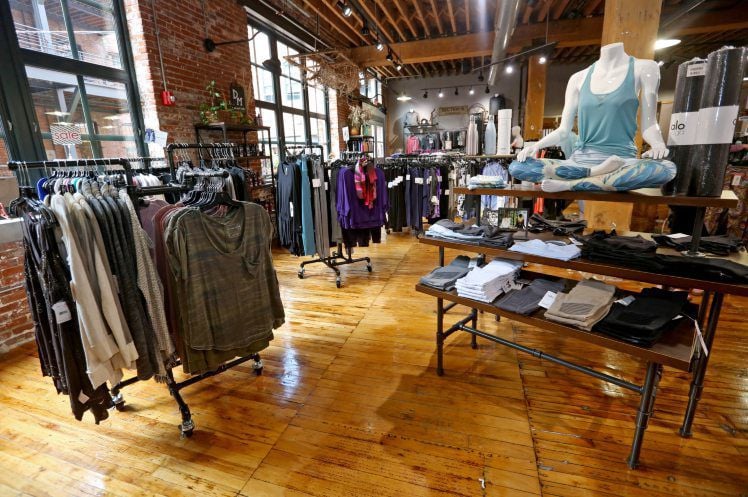I wanna get into your drawers. You know. To organize.
It’s inevitable. Every homeowner deals with storage obstacles. Our generation views the home as multi-functional, and online shopping makes it too easy to have things.
Clearly, the one-size-fits-all approach doesn’t work for most as we are surrounded by spec houses. Our effort to maintain our possessions on a frequent basis will ensure we are living our best life, focused on relationships and experiences, not stuff.
I estimate at least 85% of homeowners are under-utilizing drawers for daily storage. Pretty much every room in our home has some type of drawer in it.
Depending on our home’s age, the amount of cabinets and built-in drawers can be both under and overwhelming. Historic homes feature cabinets and built-in drawers which tend to be too small for today’s larger amount of possessions, creating frustration and neglect.
If that sounds familiar, I imagine the wrong items are stored within them, and simple modifications can be made to enhance functionality.
Some newer custom homes might offer too many drawers, creating the scenario of opening and closing multiple drawers in attempt to find what we are searching for.
There’s always a flip side.
Some newer homes also can offer so few drawers, as wall space is under-utilized to keep material costs down. This scenario offers a great opportunity to customize our space by adding additional drawers.
On the topic of drawers, I’ll start with everyone’s least favorite — the junk drawer.
First, let me lead you down a simplified path by example.
I do not have a junk drawer in my home, and you don’t need one either.
Now is the time to expand your mindset and understand theft of valuable storage.
Think of our centrally located drawers as daily use spaces to house the items we use frequently. I have two daily use drawers in my home, allowing easy accessibility which prevents unnecessary steps to retrieve my daily use items.
Why do we store junk?
A junk drawer is a time-sucker and a result of not making a quick decision.
Our initial choice to not make a decision begins with an object simply making its way into our home and being shoved into a drawer to deal with later. Then, we accumulate more junk to deal with later. You know as well as I do — later never comes.
Here’s the fun part. I suggest you yank that junk drawer immediately and dump the contents. Start with a clear surface and garbage bag — a big one. You’ll be surprised by how much junk belongs in — you guessed it — the garbage.
Don’t forget, time is not on our side. Decision-making should take a matter of seconds, not minutes or hours. If this is where you struggle, I suggest you work with a trusted friend or professional organizer.
As for useful items, it’s time to designate a home.
Begin by grouping like items to have a clear understanding of inventory. Take this opportunity to use things you already own. Zip lock bags — snack, sandwich and gallon sizes, utensil trays, food storage bins, mid-sized boxes and lids.
Trust me, this is an ongoing effort — one that gets easier by thinking outside the drawer.
Emptying drawers likely will lead to the discovery of mail and important documents, all which should be relocated to a proper file system that meets your needs and storage availability.
Our documents are important — proof of our identity and ownership and something many people spend countless hours searching for.
In the kitchen, evaluate how storage containers are contained.
I’m an advocate of using shoe-sized bins to group Tupperware lids by shape and size.
Quickly evaluate the quality of containers. Stained, damaged, missing lids and odd shapes are the easiest to part with. These containers could be used elsewhere in the home to store small electronics, tool accessories, toys or beauty items.
If you use all the containers you have, a new or overflow location is the best solution to meet your accessibility needs.
If you use bins that have lids, but don’t need the lid for a specific solution, store the lid under the container or identify the mate with a post it note and store in a central overflow location.
By practicing this routine, you always will know where to find the match.
My rule of thumb is to have what we use, not 10 of everything we want.
Other drawers to approach are those containing apparel items.
Grouping like-items in bins or containers is a great way to identify and maintain space for specific possessions. This guides us on what goes where, and keeps our inventory in check.
Just remember: Our inventory should reflect the space we have, not the stuff we want to store in the space.
For smaller items, use retail specific cubes, boxes/bins and dividers to categorize.
I’m a sock person. I sort and rotate to preserve wear and tear.
Start your apparel organization by grouping and categorizing. You also can sort by color to enhance visual outcome.
Bathrooms are our smallest space and the place we want to store the most.
When it comes to organizing the drawers in our home, always begin by taking inventory. We need to understand what we have in comparison to the space we have to work with.
My professional advice is to rethink what we store in our drawers. Often, what’s in a drawer easily can be relocated to a shelf or cabinet to make retrieval, inventory and replenishment a breeze.
Jessi Bushman is a professional organizer, member of the Iowa Professional Organizers Association and owner of Organizer Jessi in Dubuque. Visit her at organizerjessi.com.













